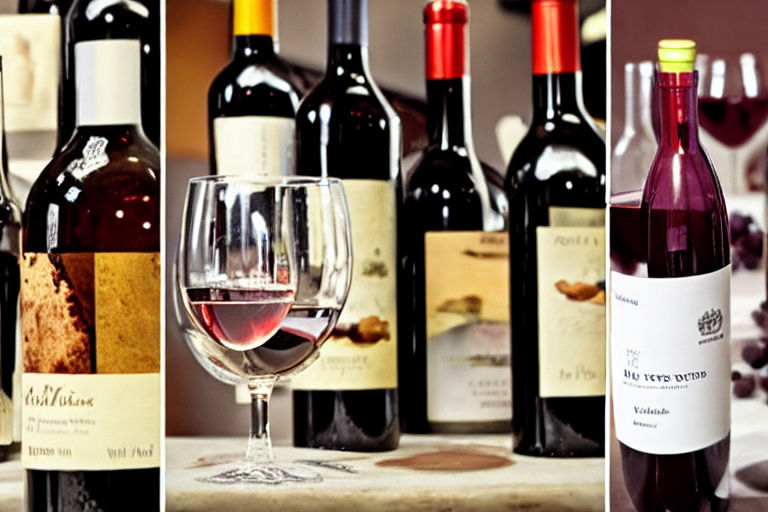A Complete Guide to Wine Tasting: How to Identify Flavors and Create Pairings
Wine tasting is a delightful experience that indulges your senses in a unique way. The process of identifying flavors in wine and creating perfect pairings can be intimidating for beginners. However, with a little knowledge and practice, anyone can become an expert in wine tasting. This guide is a complete wine tasting tutorial that will help you identify the different flavors and aromas in wine and teach you how to create perfect pairings for any occasion.
Identify the Four Basic Tastes
The four basic tastes are sour, sweet, salty and bitter. When it comes to wine tasting, it's important to understand how each of these tastes affects the flavor of the wine. Here are some common characteristics associated with each taste:
-
Sour: Sour taste is associated with acidity. Wines that are high in acid will likely taste sour or tart.
-
Sweet: Sweet taste is associated with residual sugar. Wines high in sugar content will have a sweet taste.
-
Salty: Salty taste is not commonly found in wine, but some people might perceive it in some wines such as sherry or vermouth that have salt added to them.
-
Bitter: Bitter taste is mostly associated with tannins. Tannins are found in the skins, seeds, and stems of grapes and are also present in oak barrels where wine is aged.
Aromas in Wine
Aroma is a very important aspect of wine and can be used to identify the type of grape, where it comes from and how it was made. Here are some common aromas found in wine:
-
Fruit: Fruity aromas are one of the most common aromas found in wine. The type of fruit aroma will depend on the type of grape used.
-
Flowers: Flowers aromas are also very common in wine, especially in white wines.
-
Spices: Spicy aromas are a result of the aging process in oak barrels.
-
Earthy: Earthy aromas are associated with wines made from red grapes.
Steps for Wine Tasting
Now that we have a basic understanding of the four basic tastes and common aromas found in wine, let's move on to the steps to taste wine like a pro:
-
Look at the wine: Before tasting the wine, take a look at its color and texture. This can give you clues about the varietal and aging.
-
Smell the wine: Swirl the glass to release the aromas and take a sniff. Try to identify the different aromas in the wine.
-
Taste the wine: Take a small sip and allow it to coat your tongue, then swallow the wine. Try to identify the different tastes in the wine, focusing on the four basic tastes, and how they interact with each other.
-
Finish: The aftertaste can also give you an idea of the quality of the wine, how long it is aged, and its body.
Pairing Food and Wine
Pairing food and wine is an art that requires some practice, but there are some general guidelines that you can follow:
-
Red wine: Beef, lamb, game meats, rich sauces, and red pasta.
-
White wine: Fish, chicken, salads, light pasta, and creamy sauces.
-
Rosé: Light meats, shellfish, and spicy cuisine.
-
Sparkling wine: Appetizers, cheese, and seafood.
-
Dessert wine: Chocolate, fruit, and cheese.
Conclusion
Wine tasting is an enjoyable experience that can be enriched by enhancing your knowledge of the different aromas, flavors, and pairings of wines. By following the steps of this guide, you will be able to identify the different tastes and aromas present in a wine and create the perfect pairing for any occasion. Cheers to becoming a wine connoisseur!



